Ioanna Kokkona’s inspiration about the following diploma thesis came from childhood, growing up in the Athenian, suburban interface, but also in the Greek, Mediterranean, summery, rural landscape, fire was a familiar event to her. Even so, though, that doesn’t make it something less shocking, scary, and unwanted. Every time, every summer, the fear of a fire in the forests, in the mountains, in the pastures, a fire that spreads uncontrollably, and that can destroy landscapes, properties, lives, is deeply rooted in the Greek souls.
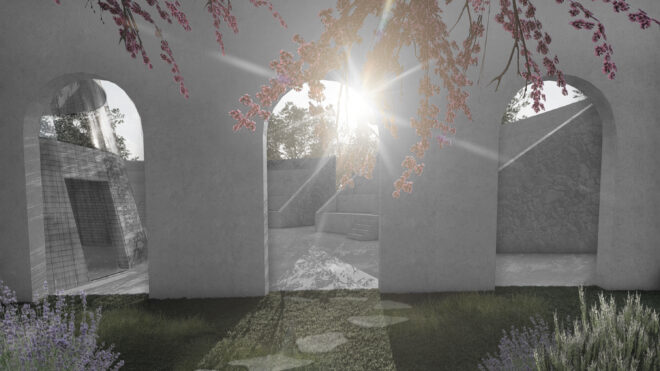
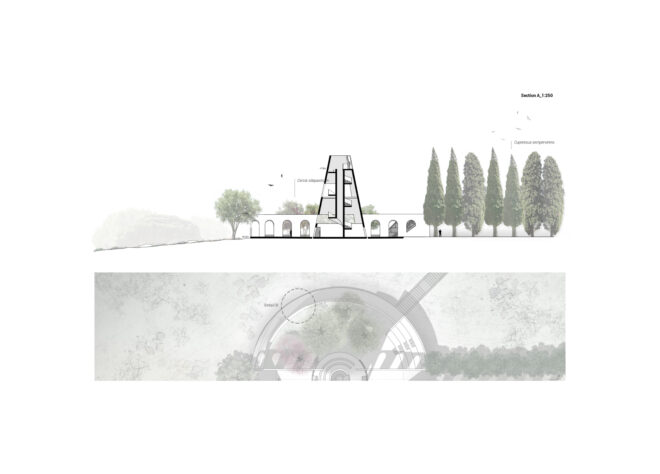
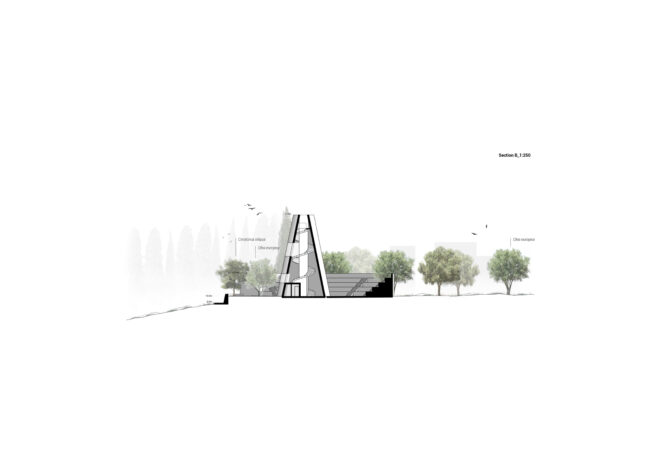
However, fire was, is, and will continue to be a natural part of the ecosystem. Yet, it is the human actions that are responsible for the most destructive, unnatural, fires and wildfires, intentionally or not, directly or not, in the current times. And along with the global problem of climate change, the consequences on all aspects of nature and non-nature are devastating.

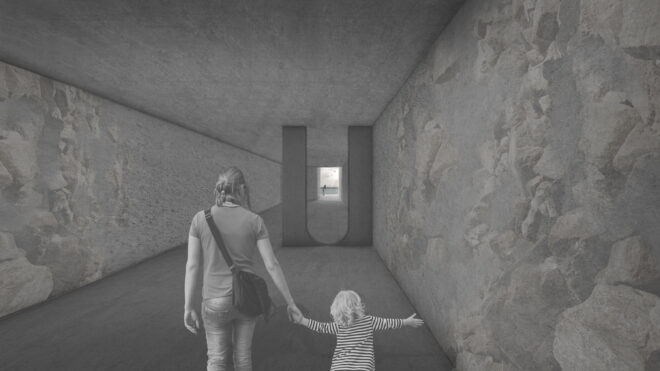
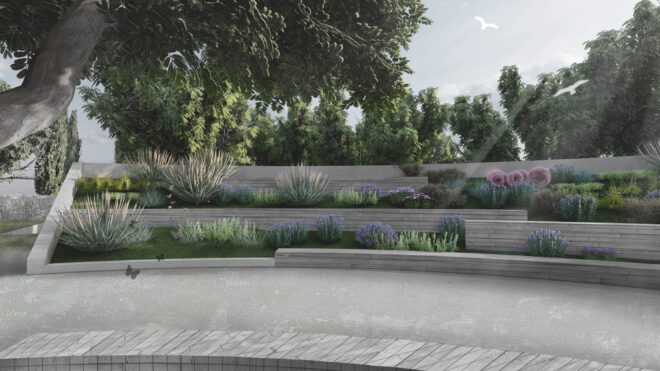
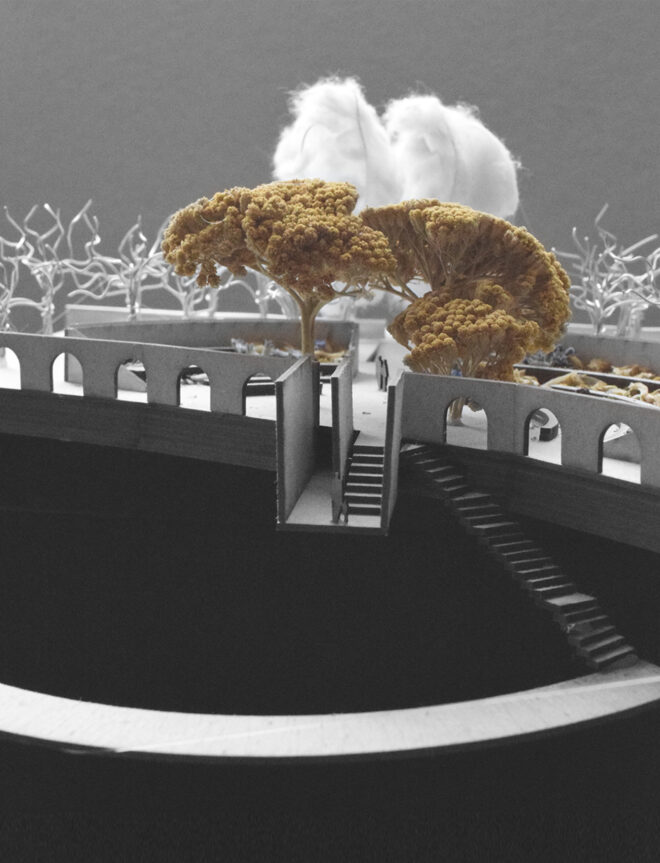
One of these most severe wildfires happened in Greece in 2018. The tragedy of Mati, in Eastern Attica, a once green, summery paradise, is recorded as the second-deadliest wildfire event of the 21st century, with 102 people confirmed dead.
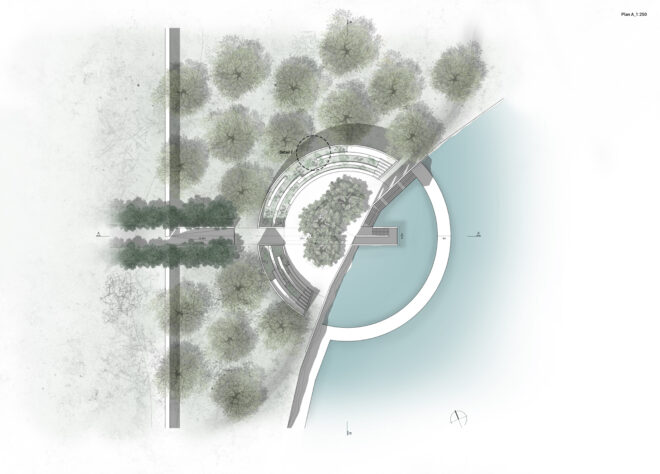
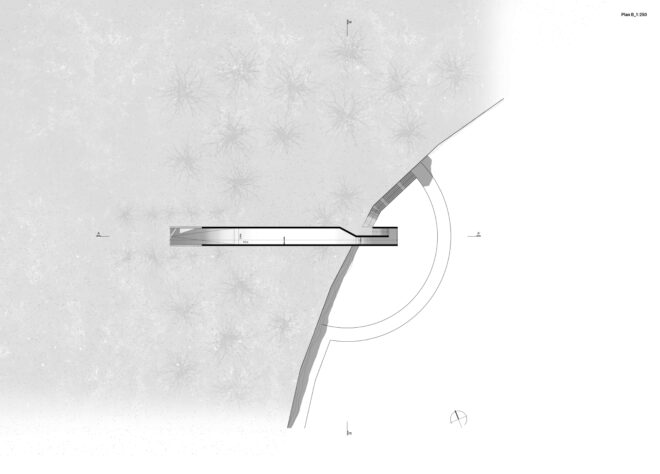
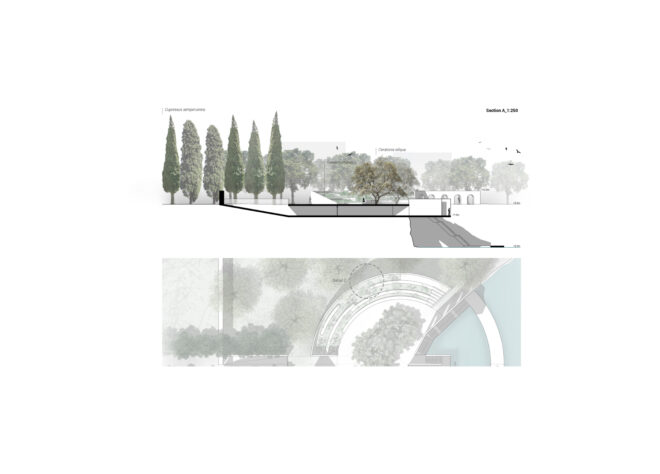
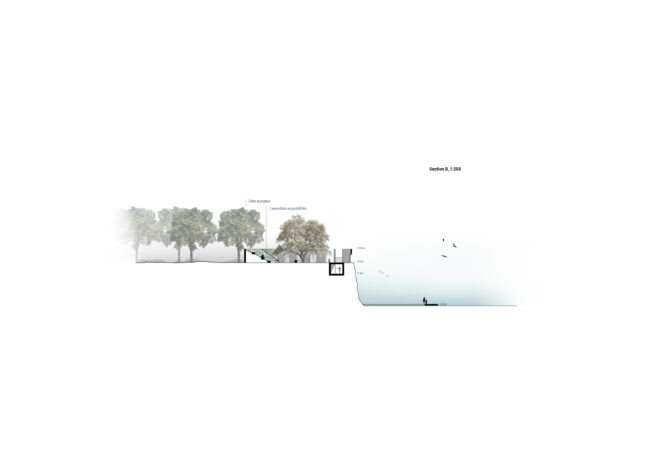
And it was this tragic event that changed everything. People were killed, thousands of homes were destroyed, and tens of thousands of acres of forest were burned. Mati will not be the same again. And three years now, the memories are still there, painful memories that are engraved on people’s souls, and recalled by the also battered landscape.




This thesis project focuses on the two traumas that this fire caused, the Human Trauma, the human wound, caused by the fire experiencing, and the loss, and includes the Individual trauma, and the Collective-Community trauma, and the disrupted relationship of people and nature, and the Landscape Trauma, the trauma of the landscape that includes the direct and indirect tangible consequences of the fire, and the indirect tangible landscape degradation, when fires are repeated at relatively short intervals at the same place, and delay its regeneration.
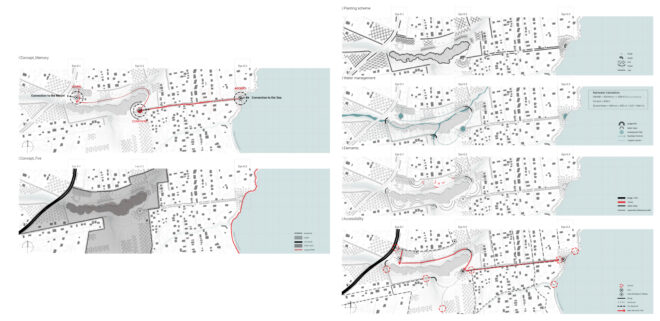
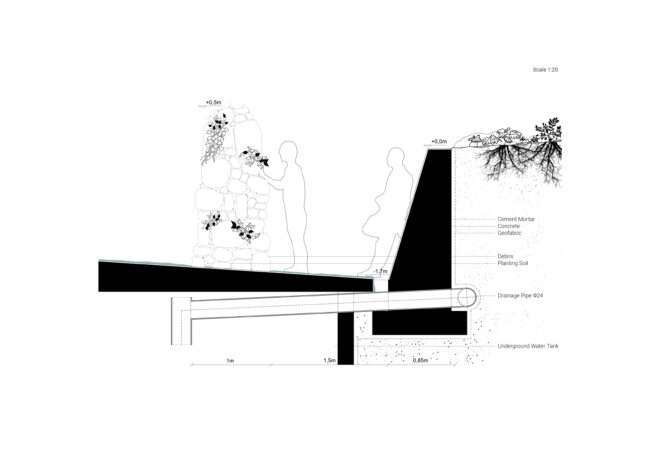
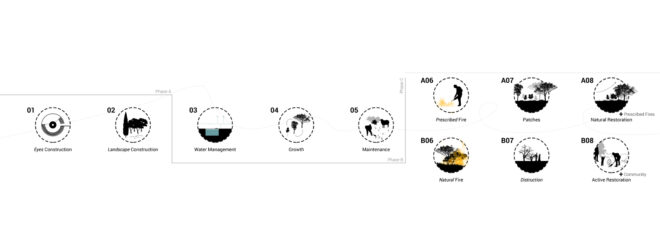
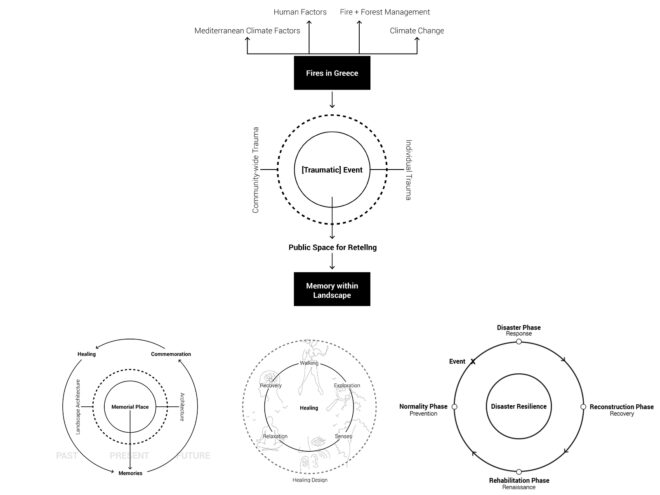
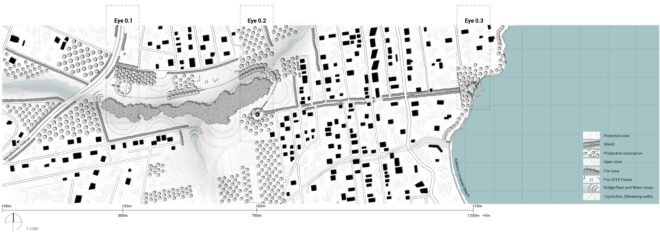
But what is the role of space and design in the healing processes of both traumas? How to imprint and express on-site the memories in a cathartic way, in a way that the design itself can contribute to the recovery of people and the landscape, and the restoration of their relationship, even in avoiding the same mistakes?
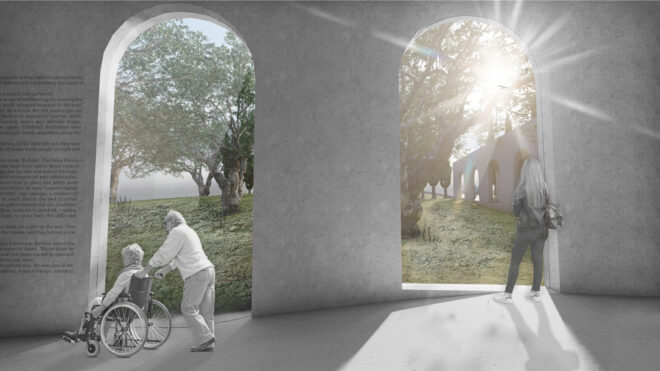
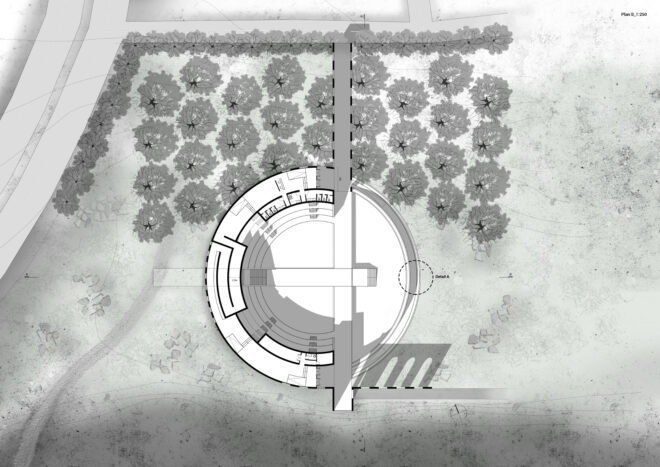
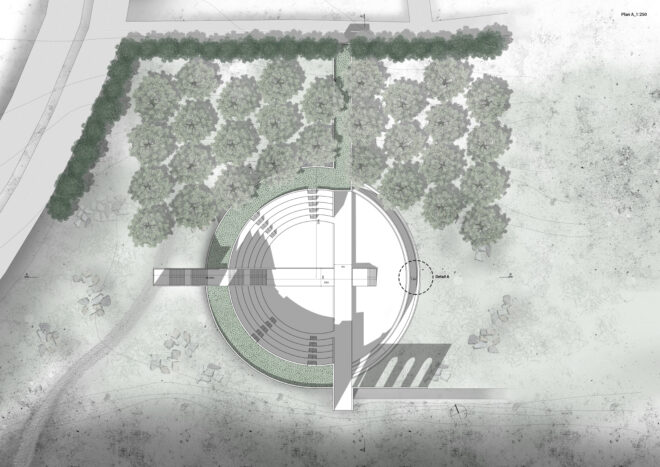
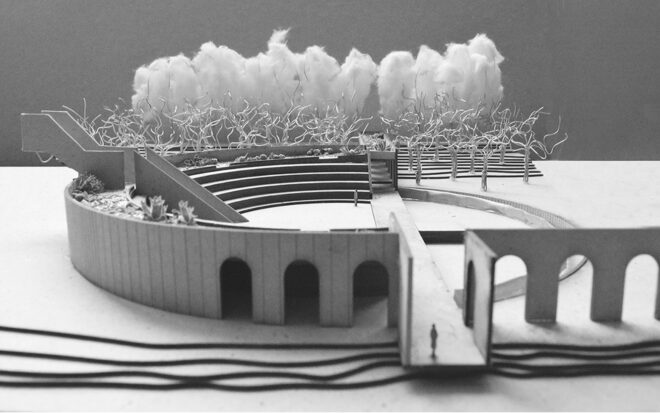
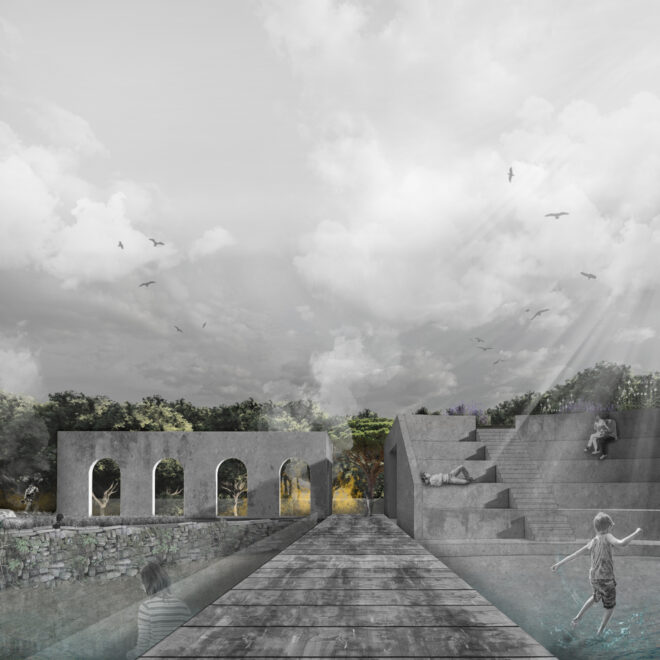
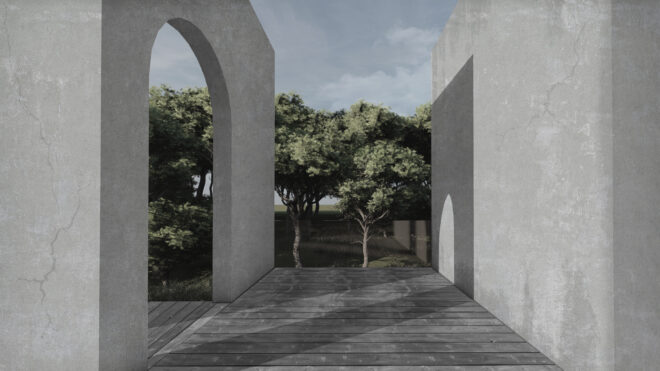
The design intention is to create a public locus, a didactic, non-static, Living Memorial that will express and imprint these memories, contribute to the tangible and intangible healing processes, integrating fire-resilient, landscape design tools, in order to achieve atonement and a better relationship with nature and its phenomena, in order to show that fire is part of nature, destruction and loss is part of nature, we are part of nature, but the important is to bounce back every time, recover and heal, continue the cyclical journey of life, forgiving and learning from, but not forgetting, the past.
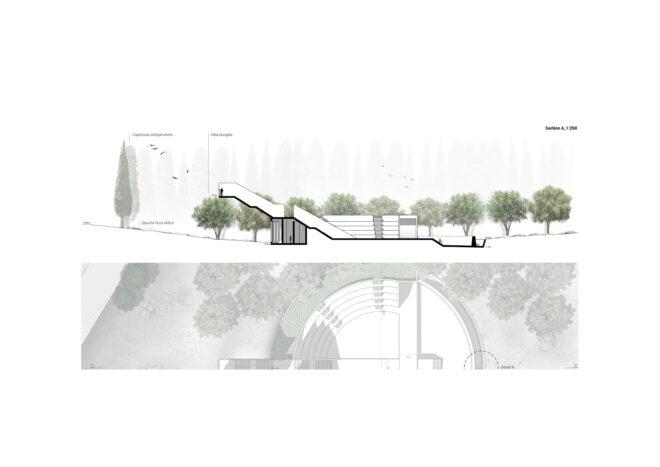
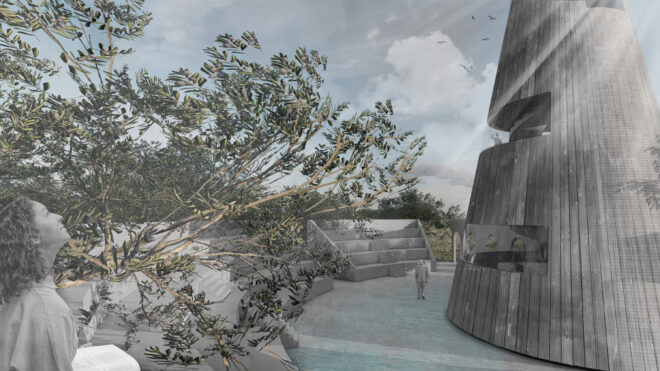
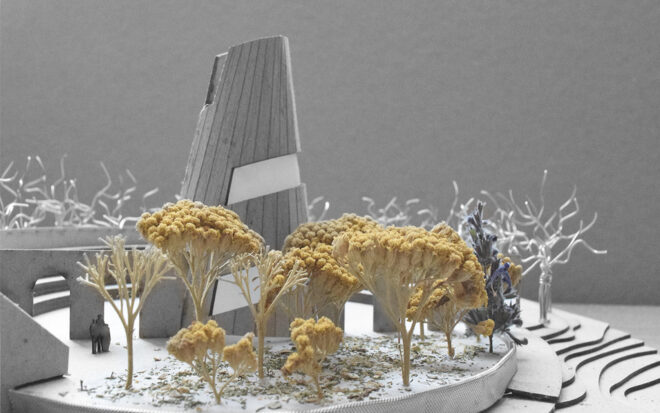

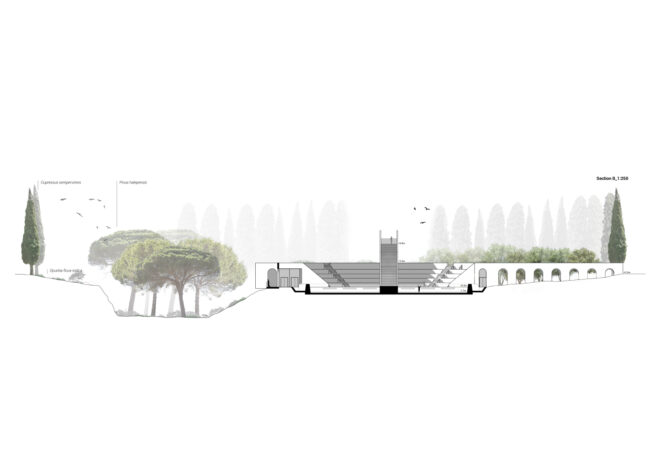
Facts & Credits
Project title E(ye)scape: Designing with memory/+fire, a Living Memorial
Typology Diploma thesis
Location Mati, Attica, Greece
Student Ioanna Kokkona
University Delft University of Technology, Faculty of Architecture and the Built Environment
Department Department of Urbanism, Track of Landscape Architecture
READ ALSO: Villaggio di Sale_Η αναβίωση του εγκαταλελειμμένου οικισμού των Καρυωτών και των αλυκών Αλεξάνδρου Λευκάδας | Διπλωματική εργασία από την Αριστέα-Ευαγγελία Κουκουνούρη και τη Σοφία Μικρώνη